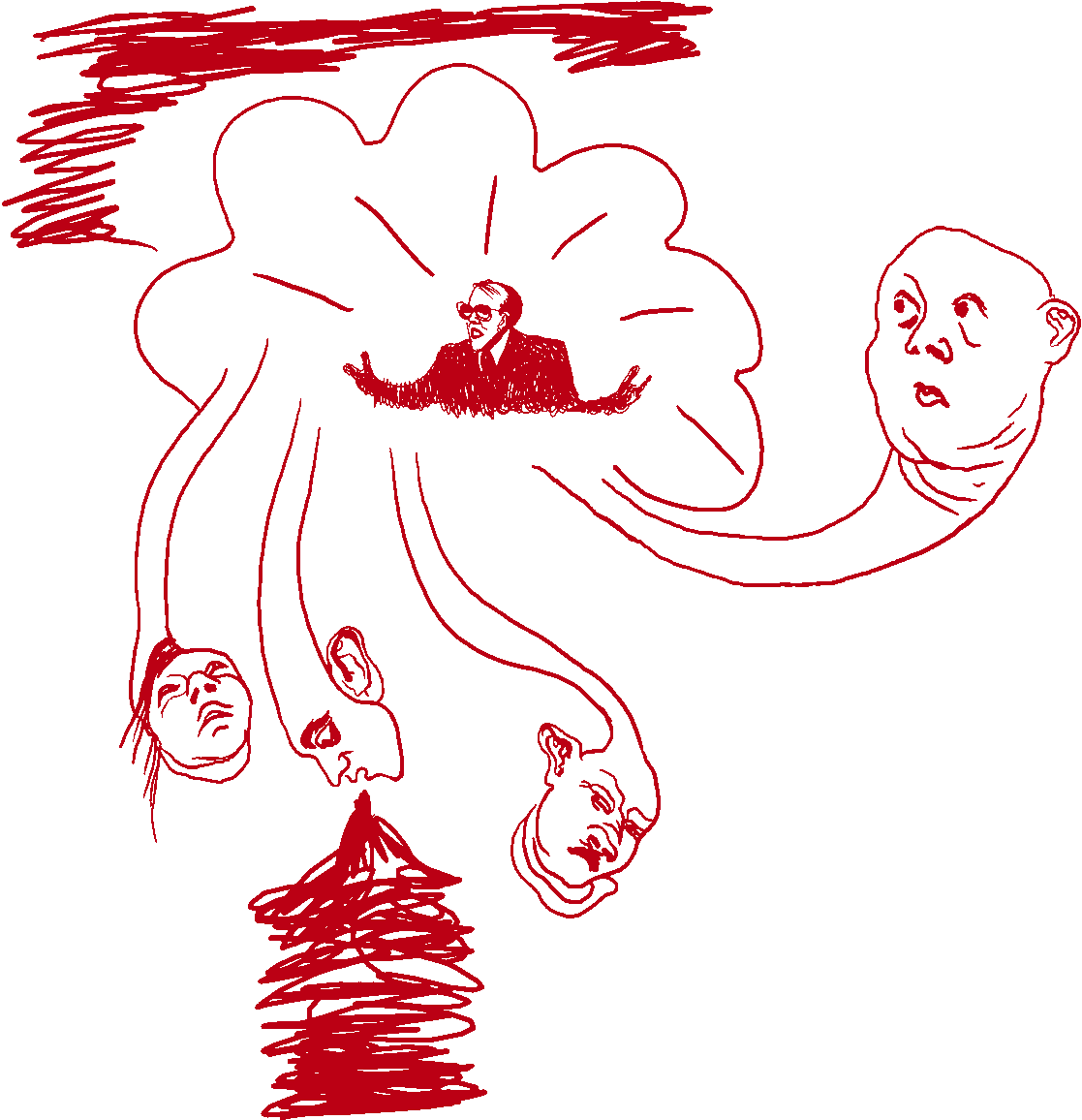
Friends gather as the sun sets on Los Angeles’ Venice Beach.
Venice Beach is celebrating 120 years. See why it has stood the test of time
Photographs by Karen Ballard
Story by Kyle Almond, CNN
Published July 4, 2025
Friends gather as the sun sets on Los Angeles’ Venice Beach.
As the sun sets over Venice Beach, casting a warm orange glow over towering palm trees and crashing surf, it’s hard to think of many places you’d rather be.
It is relaxing, gorgeous and timeless. A chance to pause, turn your brain off and let go.
There are few spots in Southern California as iconic as Venice. Every year millions of tourists visit the vibrant seaside neighborhood, on the Westside of Los Angeles, for its world-renowned beach and boardwalk.
It exudes California cool with a free-spirited bohemian lifestyle and an eclectic mix of people from all walks of life — a place where you can find both bodybuilders and skateboarders, hippies and tech bros.
It’s a place where natural beauty — sand, surf and sun — collides with not only extreme wealth, but also a gritty, funky boardwalk bursting with character.




“Venice holds a special place in American culture, even with its rough-around-the-edges reality,” said Karen Ballard, a documentary photographer who lives there. “It has served as the backdrop for a myriad of movies, commercials and television shows, going back to Charlie Chaplin’s ‘Kid Auto Races’ in 1914, to Steve Martin’s ‘L.A. Story’ in 1991, and the recent blockbuster, Greta Gerwig’s ‘Barbie.’
“Whether you’ve been here or not, chances are you’ve seen bits and pieces of Venice as it’s been a part of pop culture and the arts for decades.”
For the past 15 years, Ballard has been working on a long-term documentary project about Venice. She first visited in 1986, for her 17th birthday, and she still remembers how much it spoke to her.
“The whole place — Los Angeles in general, but Venice in particular — was just alive,” said Ballard, who grew up in Louisville, Kentucky. “It was bursting with energy, sunshine, youth, the ocean — all the things that attract people here. … Even though I thought Venice was just wildly weird — and it still is — the seed was planted that someday I might move out here.”


Ballard’s photos capture Venice and its lively scenes in glorious pops of color — from the neighborhood’s beach culture, with yoga enthusiasts soaking up rays, to its quirky arts scene, with its bustling boardwalk filled with creative vendors. She also captures quiet, reflective moments — often at dusk or dawn — that many people might not always get to see.
Ballard was a photojournalist in Washington, DC, for the early part of her career, covering international news and politics. She started getting hired as a unit photographer in 2005, working with A-list talent and directors on still images for the film industry. A few years later she decided to make the move out West.
“I moved to Los Angeles knowing that I would start a personal documentary project on Venice,” she said. “I wanted to work on something in between movie assignments, something that I could develop slowly, on my own time.”


Friday marks the 120th anniversary of Venice, which was founded as an independent city on July 4, 1905.
Its founder, Abbot Kinney, had a vision based on his love for Venice, Italy.
“He had this grand idea to create a seaside recreational artistic playground — his ‘Venice of America’ for the residents of Los Angeles, complete with canals and gondolas,” Ballard said. “There was a pier that opened that day, including shops, a dance hall, a roller coaster and even a hot saltwater plunge pool. That pier burned down 20 years later, but the spirit and his vision remains, including a few of the original canals.”
The city of Venice was annexed by the city of Los Angeles in 1926.



Venice has changed quite a bit over the years, but it has long been known as an artistic hub. You can see it in the neighborhood’s art galleries and along the boardwalk with its colorful murals and graffiti.
“Venice has played host to all kinds of artists: Ed Ruscha, who's kind of like the quintessential living LA artist of our time right now; John Baldessari; (Jean-Michel) Basquiat. They all made Venice their home,” Ballard said. “Science fiction writer Ray Bradbury lived here. The famed furniture makers, the Eameses, made their home in Venice at one point. … The Beatniks lived here in the ’60s, and it’s where Jim Morrison created The Doors.”
Musicians, dancers and other pop-up artists also frequent the boardwalk, adding to its festive spirit.

Venice is a place where so many different subcultures collide, all mingling together to form a unique atmosphere.
The dichotomies can be striking and unlike any you might see at other beaches. It’s a place where you might find the next Arnold Schwarzenegger not far from the next Tony Hawk.
Since the 1950s, Venice has been home to Muscle Beach, the outdoor gym where Schwarzenegger and another legendary bodybuilder, Lou Ferrigno, trained in the ’70s and ’80s. Anyone in Venice can walk by to watch men and women work on their impressive physiques.
But the beach has also been a skateboarding haven since the ’70s, and you’ll find lots of skaters honing their craft, too. The 2005 film “Lords of Dogtown” chronicles the skateboarding culture that started in the Dogtown area of Venice and nearby Santa Monica.
“Today’s Venice Skatepark is one of the major attractions,” Ballard said. “People come from all over the world to skate in the Skatepark here now.”



Venice is also a key part of what some have called Silicon Beach because of the tech companies that have started moving into the region.
“The last decade has really seen some major gentrification,” Ballard said. “Google moved in here in 2011, and that was the beginning of flipping Venice on its head. Abbot Kinney Boulevard, named after its founding father, is the main thoroughfare that runs through town. Today that street has completely changed and is full of boutique shops, high-end retailers and trendy restaurants.”
It’s a different vibe than what you might find on the boardwalk — and it attracts a newer, wealthier clientele. This influx of wealth has also started to affect the boardwalk.
“There were some longstanding businesses that had to close because rent skyrocketed over the last decade, and that created a lot of tension among the locals,” Ballard said.



There was also a particularly rough patch during the height of the Covid-19 pandemic.
“Venice has often had unhoused folks landing on the boardwalk, taking a patch of grass or crashing on a street corner for the night,” Ballard said. “But during the pandemic, the boardwalk literally became an encampment.”
When everyone was told to shelter in place, tents sprang up almost the entire length of the boardwalk, which is about 2 miles long. These tents were there for months, and there was deep concern among residents and local business owners as to when that would clear up.
“Eventually, about 200 unhoused folks were moved into temporary shelters or hotels,” Ballard said. “But from the summer of 2020 until 2021, especially at night, it could feel like you had entered an episode of ‘The Twilight Zone.’”


Venice also got a bit of a scare with the recent wildfires in LA, although it was ultimately spared.
“I got a call from a neighbor asking if I had seen the smoke coming from the Palisades neighborhood around 1 p.m.,” Ballard recalled. “I immediately grabbed my cameras and went up to my roof and could see the flames on the hillside already in the Palisades, which is just north of Santa Monica. … By dusk, the windstorm and fire had surged into what we all now know was a massive, catastrophic disaster.
“The smoke and flames were visible from the Venice border, which falls into Santa Monica. It was honestly one of the scariest things I'd ever seen, and I was particularly terrified for the folks who live up there, including friends and colleagues.”
Like the rest of Southern California, the city is always on edge because of the lingering wildfire threat caused by the region’s droughts and extreme climate.


Venice is a place that always seems to be in transition, Ballard said. But it has been anchored over the years by the people who call it home.
“One of the things that makes Venice so special is the community and the locals who live here,” she said. “It’s a small place.”
The neighborhood has nearly 40,000 residents crammed together in a little 3-mile radius, and that has fostered what Ballard says is a “sense of community, a sense of pride and a live-and-let-live attitude.”
Many of the locals know one another, and longtime residents — in the face of a new influx of wealth — are eager to preserve Venice’s way of life and what makes it so special.
There have been ups. There have been downs. But ultimately, Venice perseveres.
“Somehow, the community adapts and inevitably moves forward,” Ballard said.

Karen Ballard’s Venice Beach project will be shown at the Leica Gallery in Los Angeles this fall.




